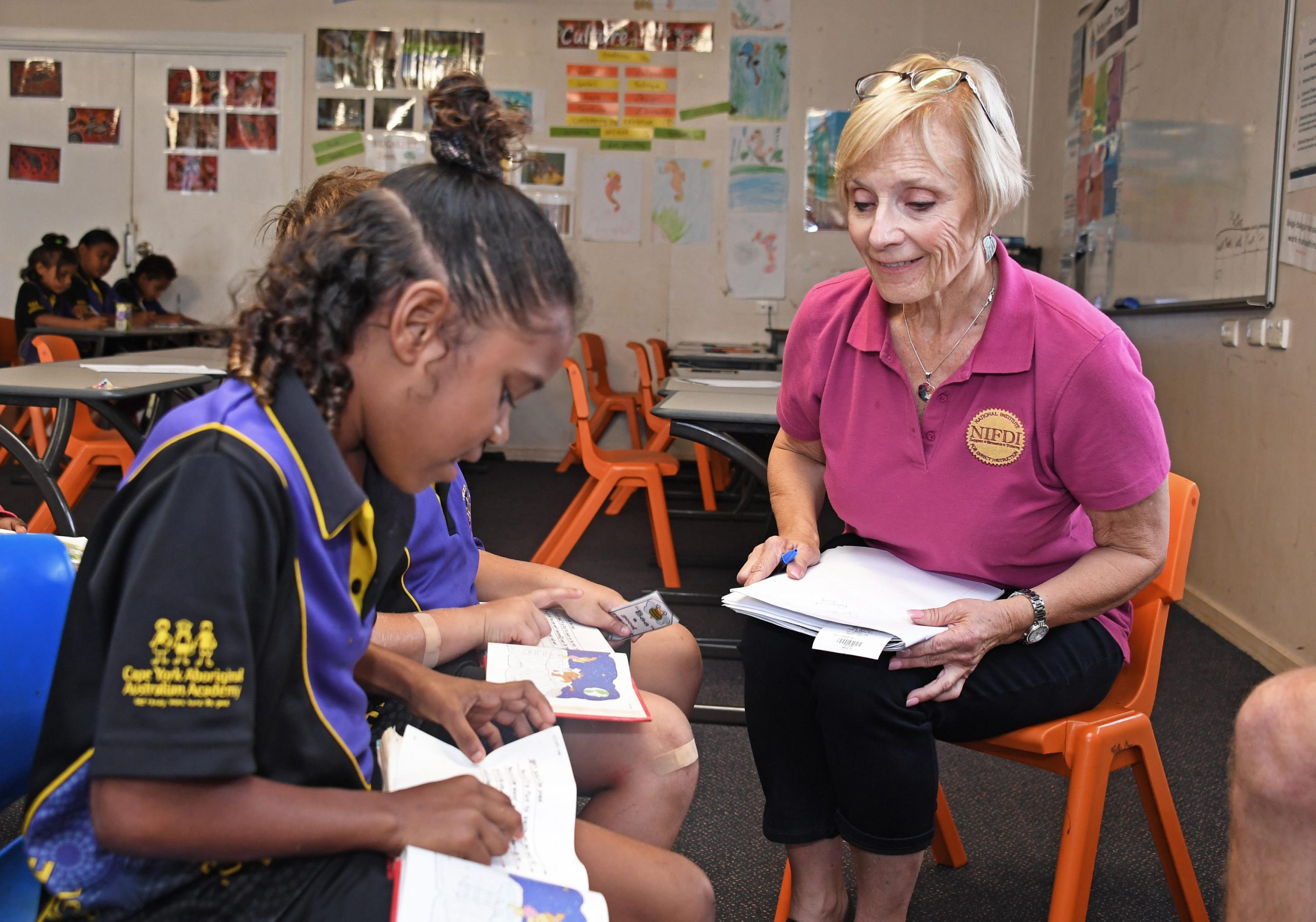Implementing Direct Instruction in Australian Schools
For over a decade, we have helped schools improve teaching outcomes and empower vulnerable students through Direct Instruction.
Our mission is to develop great teachers delivering effective teaching, often using Direct Instruction programs.
We have developed a number of resources that are free to school teams, that support the effective delivery of Direct Instruction.
Our Direct Instruction supports include professional learning, supplementary curriculum, mapping and guides for using Direct Instruction to for special education.
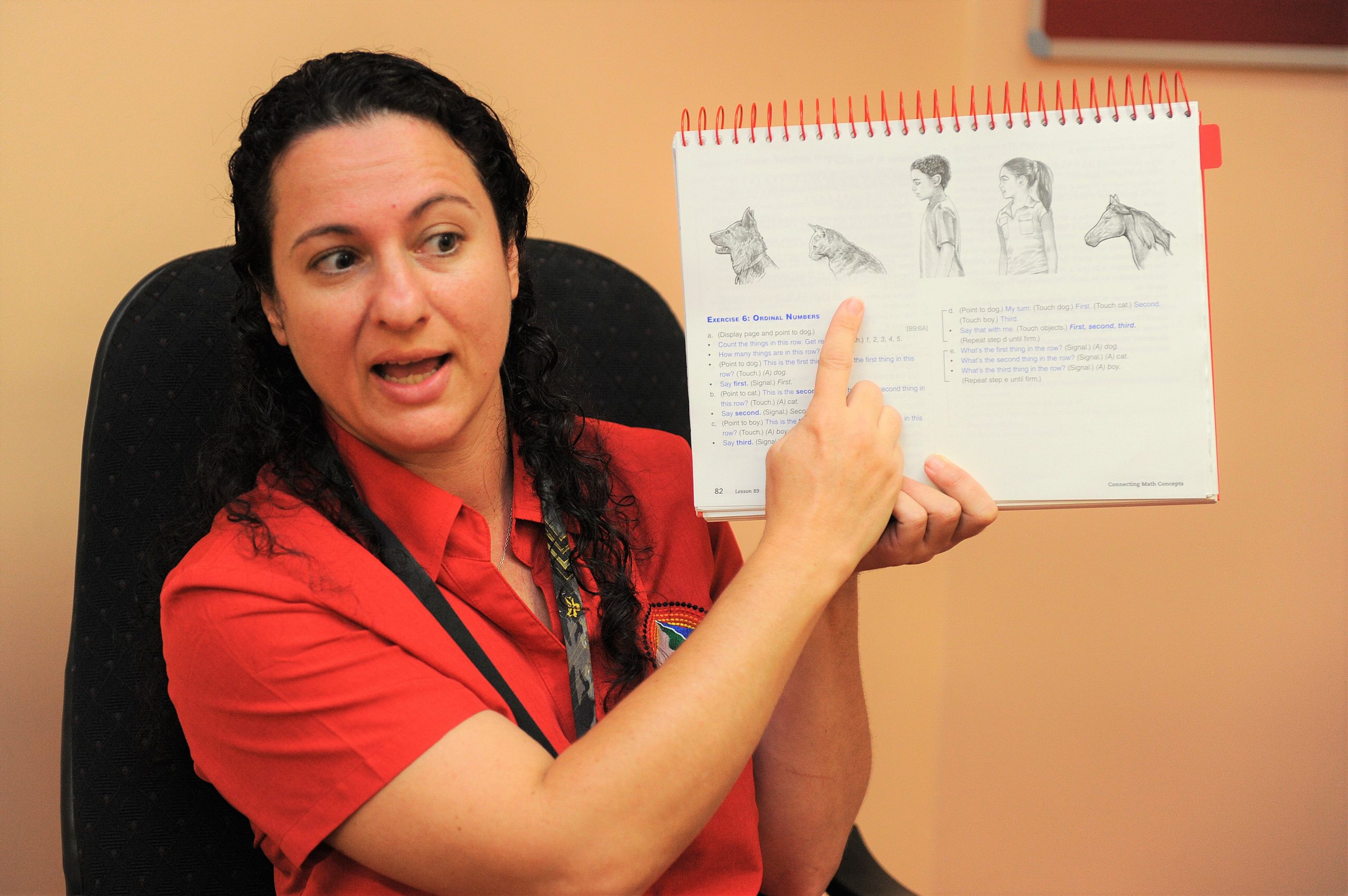
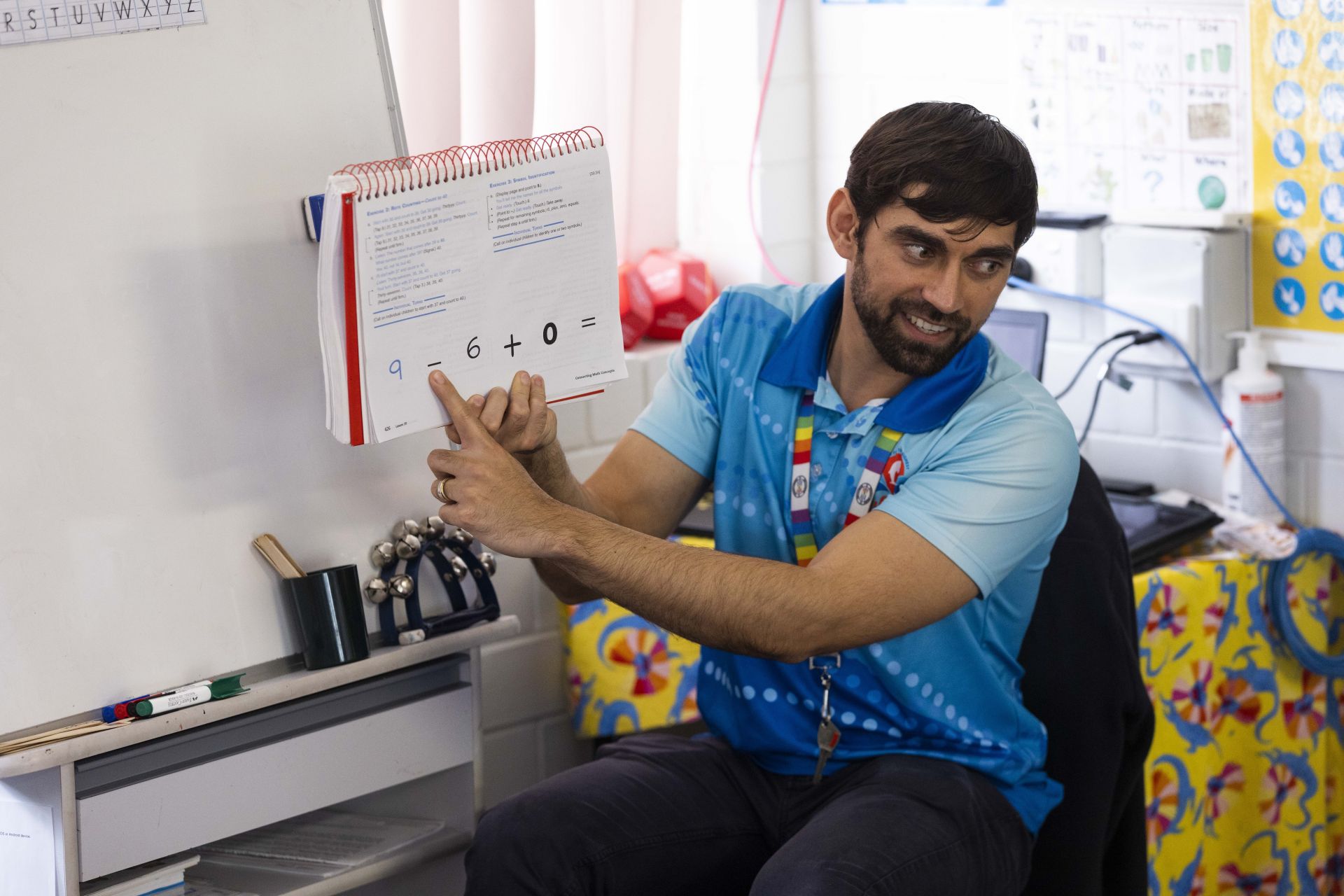
What Is Direct Instruction?
It combines explicit teaching with a sequenced curriculum and assessment tools.
Uniquely grouping students by skill rather than age or year, it ensures personalised and effective progression for every learner.
Supports Students, Elevates Schools
Direct Instruction meets the diverse needs of students, especially benefiting those with unique learning needs.
It’s particularly effective for students from disadvantaged backgrounds and regional, remote and small mixed-grade schools, helping schools reach ‘Fair’ and ‘Good’ standards.
DI addresses diverse student needs, from foundational reading to advanced learning for older students who may have gaps in knowledge.
This method supports schools with high teacher turnover by providing structured materials and data monitoring tools for continuous improvement.
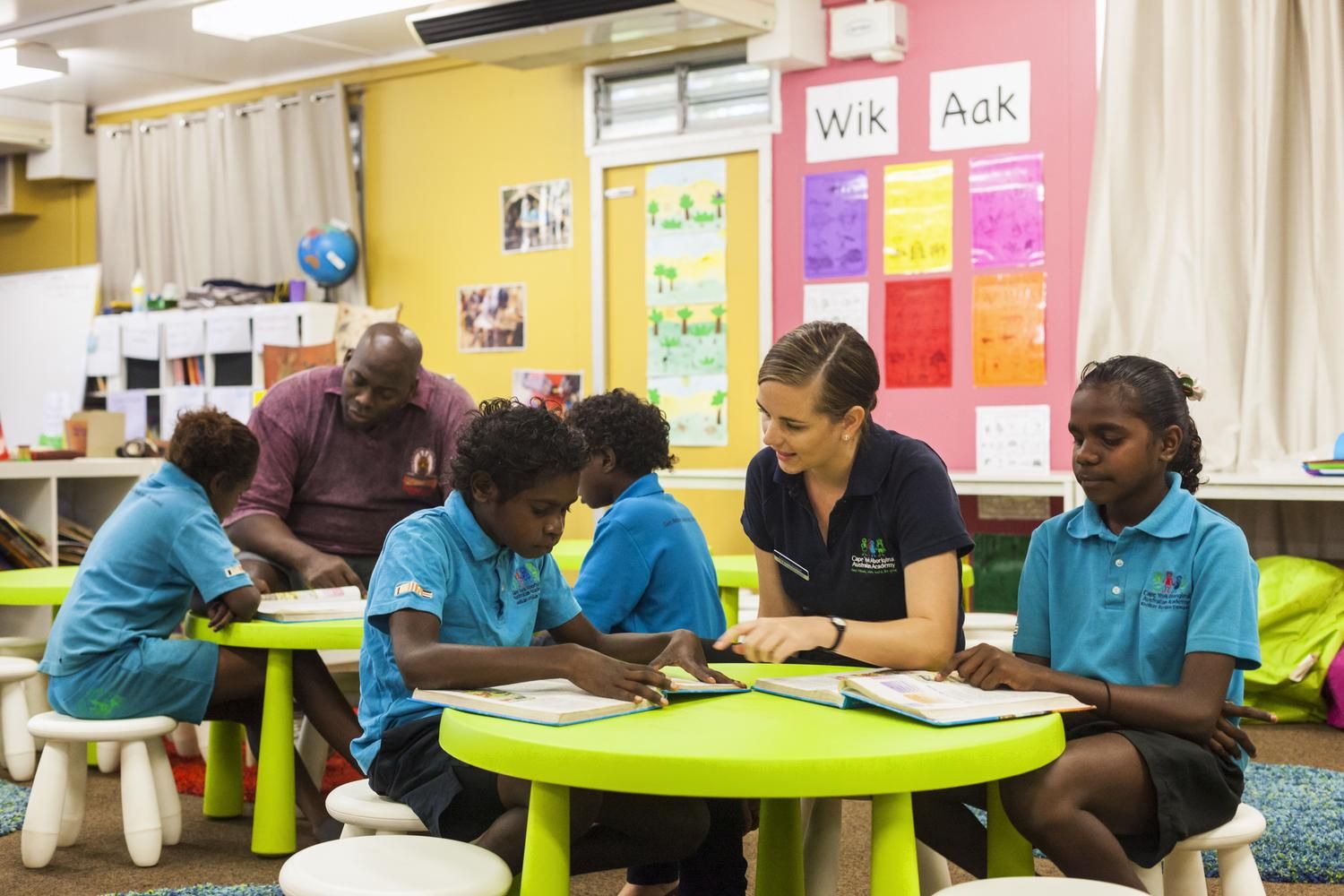
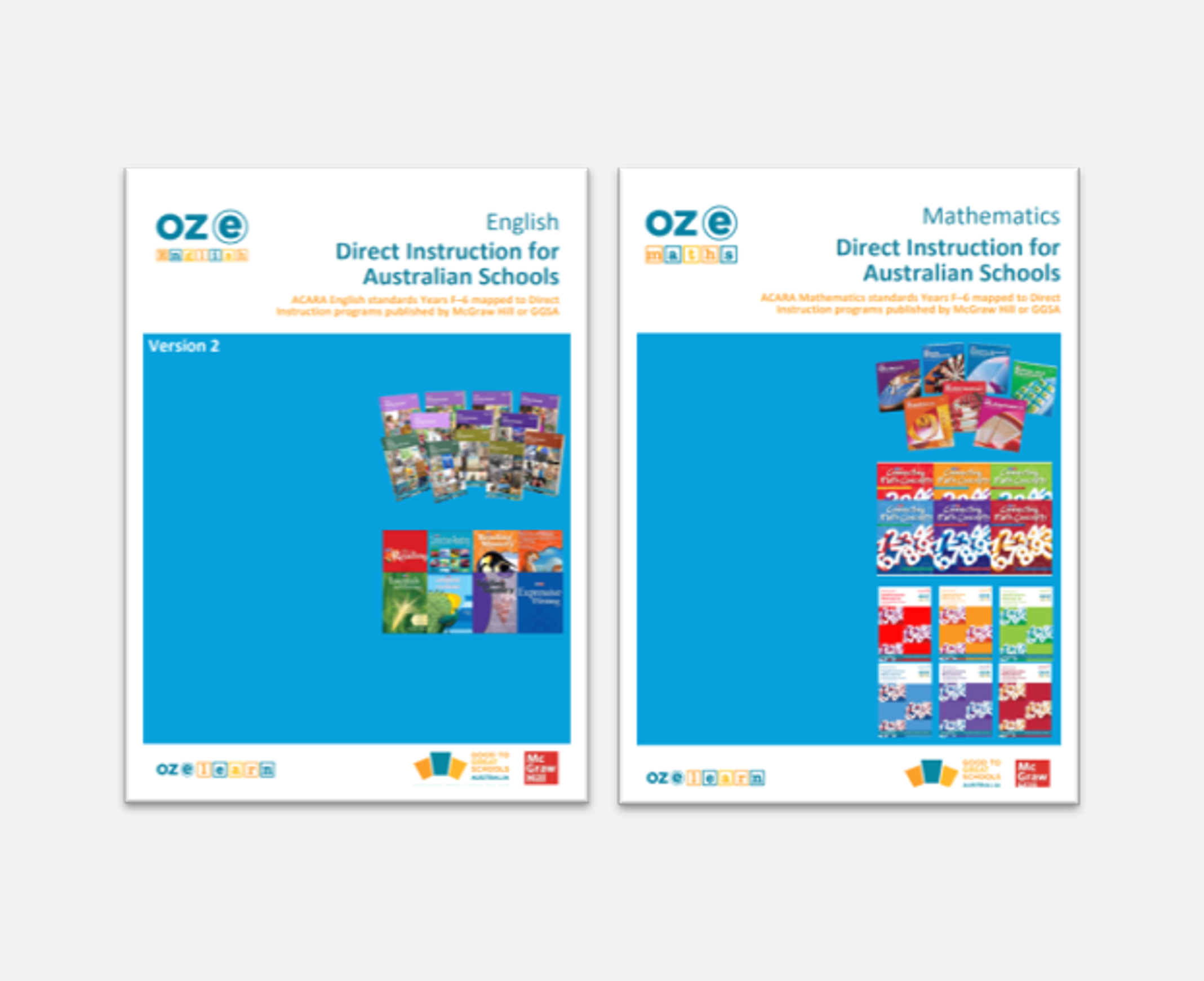
Mapping Direct Instruction to the Australian Curriculum
We have worked with teaching professionals and authors to align Direct Instruction programs with the Australian Curriculum for English and Maths at all levels.
Supplementary Curriculum
Curriculum that supplements Direct Instruction programs to bring them to Australian Curriculum requirements, such as swapping out US currency for Australian.
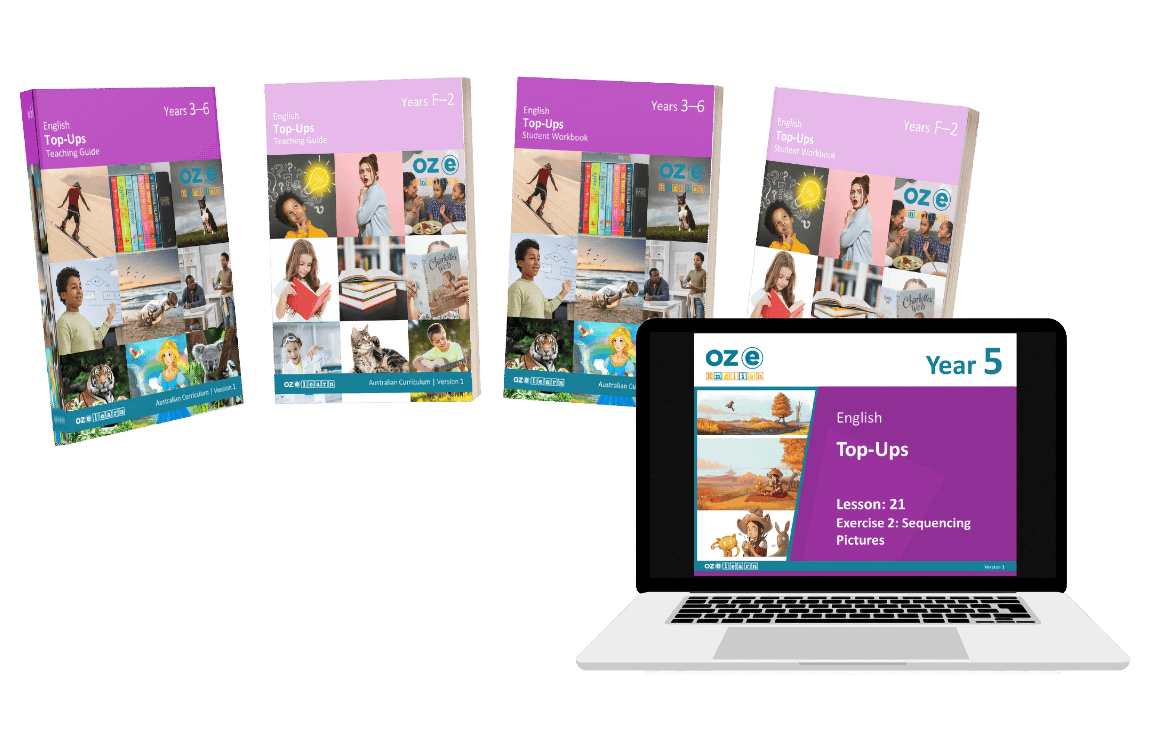
Student Progress Tool for Spelling Mastery
This tool is just one of the many tools GGSA develops to assists schools in their school improvement initiatives. Learn more here, or:
Spelling Mastery Toolkit
Explore the ultimate Spelling Mastery toolkit, designed to centralise all the essential resources in one convenient location.
This comprehensive suite empowers Australian school teams—including principals, instructional coaches, teachers, and teaching assistants—to consistently enhance the implementation of Spelling Mastery across the school to ensure maximum student success.

Direct Instruction to Support Special Education
Our special education resources support schools using Direct Instruction programs to assist students with special needs.
'The Power of Direct Instruction' Webinar with Noel Pearson
In June 2024, Noel Pearson presented a compelling webinar on Direct Instruction. Hosted by McGraw Hill Australia in collaboration with Good to Great Schools Australia (GGSA), the event was titled The Power of Direct Instruction and featured insights from GGSA’s founder and director, Noel Pearson.
If you’re interested, members can view the webinar recording or register for a free membership to access it here.
GGSA and McGraw Hill
GGSA has joined with McGraw Hill to provide school teaching teams with quality professional learning in Direct Instruction.
GGSA regularly has special offers for our members to enhance classroom delivery of Direct Instruction.
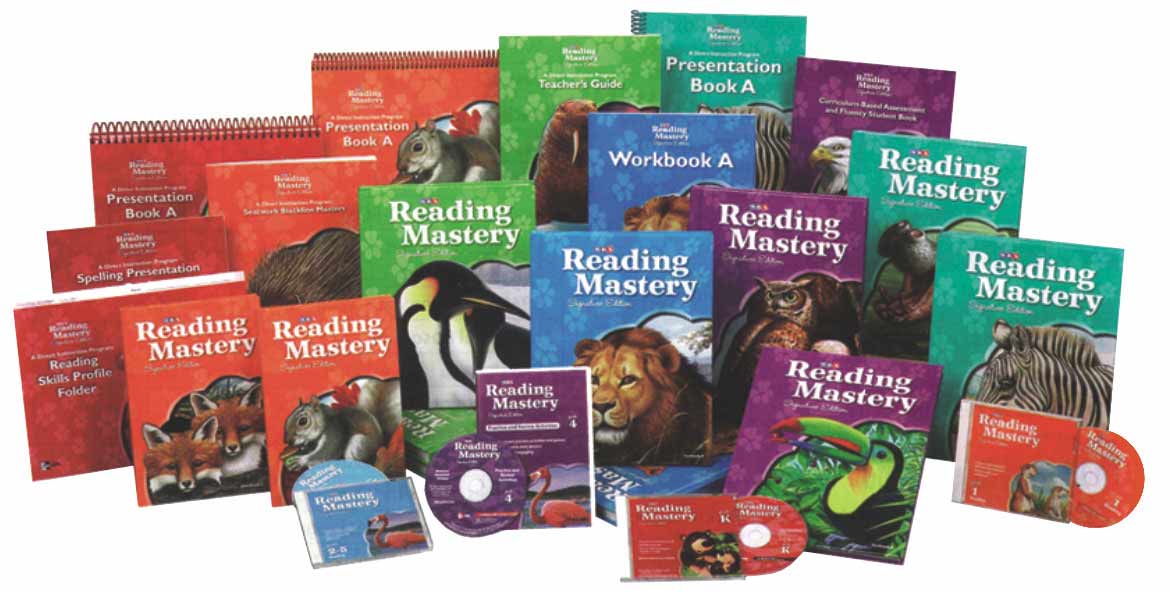
Schools receive a discount on MGH products when they partner with GGSA. Just cite your membership code when you contact McGraw Hill.
Join the GGSA network to take advantage of this offer.
Choose from over 20 Direct Instruction programs by McGraw Hill Australia, tailored for Foundation to Year 5.
Explore popular programs such as Reading Mastery Signature Edition, Spelling Mastery and Connecting Math Concepts – used by 100s of Australian schools.
To order online, visit: www.mheducation.com.au. To contact your local McGraw Hill Education Consultant, please visit: https://www.mheducation.com.au/support-contact/contact-rep.
Browse Oz-e-science and other subject curriculum resources to complement English and Maths programs.
Discover School Improvement Resources and Tools to enhance all effective teaching including Direct Instruction programs.
Explore our Oz-e-maths Top Ups and Swap Outs teaching resources to cover the few sections not covered by the Australian Curriculum.
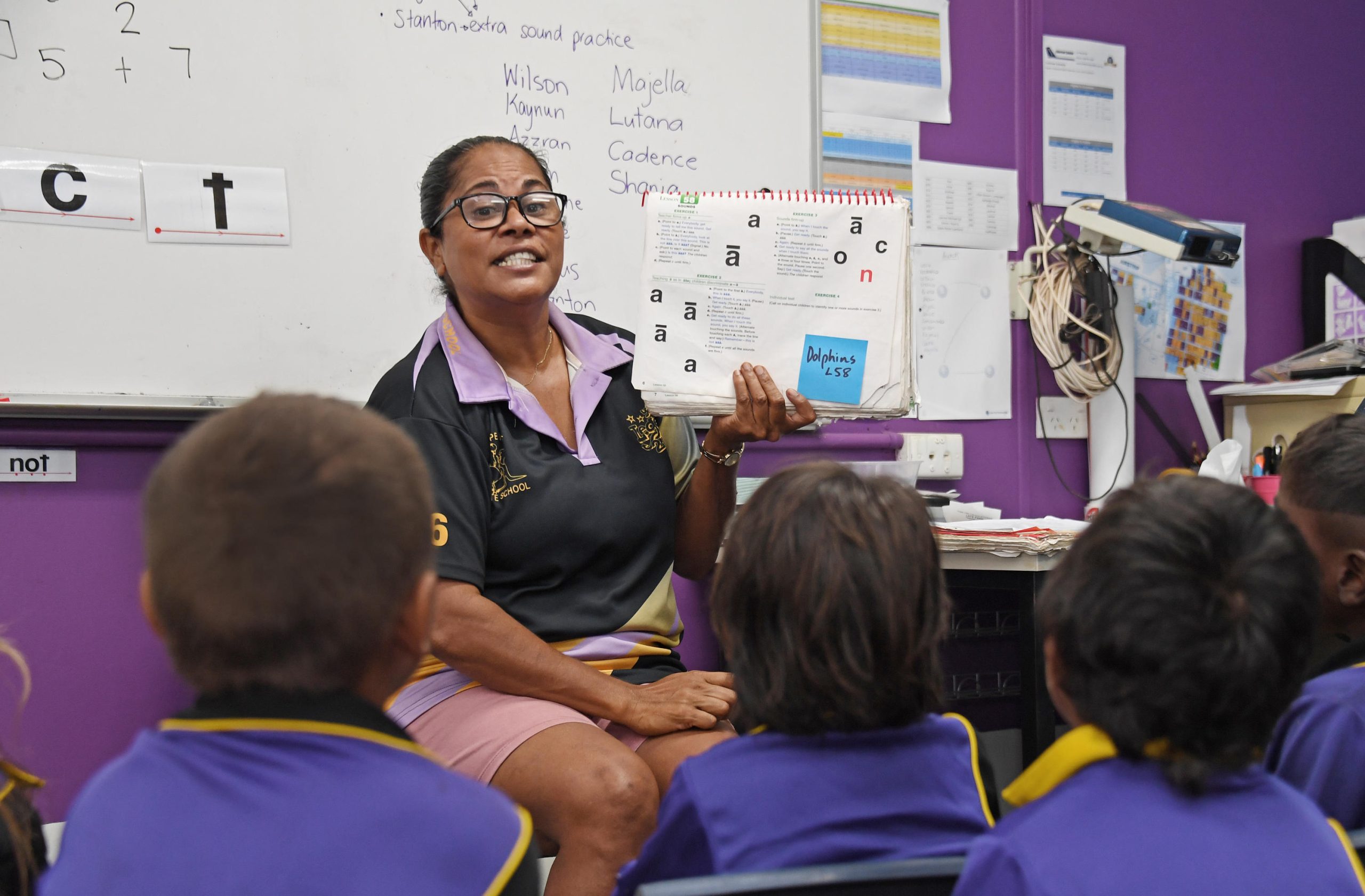
Direct Instruction Program Modules
- Teach Connecting Math Concepts A-F
- Teach Spelling Mastery A-F
- Teach Reading Mastery Signature Edition K – 5
- Teach Reading Mastery Signature Edition; Language Arts K-5
- Teach Corrective Reading Decoding A-C
- Teach Corrective Reading Comprehension A-C
- Teach DISTAR K
- Teach Reading Mastery Transformations 4-5 Language
- Teach Corrective Mathematics
- Teach Expressive Writing
- Teach Essential Algebra 6+
Direct Instruction Practice Modules
- Practice Administer Program Assessments
- Practice Use Signals
- Practice Provide Positive Praise and Affirmations
- Practice Remediate and Retest
- Practice Address Specific Group Errors
- Practice Check for Mastery
- Practice Administer Independent Work
- Practice Use Individual Turns
- Practice Set Up Classroom for Teaching
- Practice Use Positive Motivation Strategies
- Practice Apply Improvement and Mastery
- Practice Engage Students in Learning
- Practice Model Student Responses
- Practice Note Responses to Check for Mastery
- Practice Apply Evidence-Based Learnings
- Practice Produce Accurate and Timely Data
- Practice Set Targets and Actions
